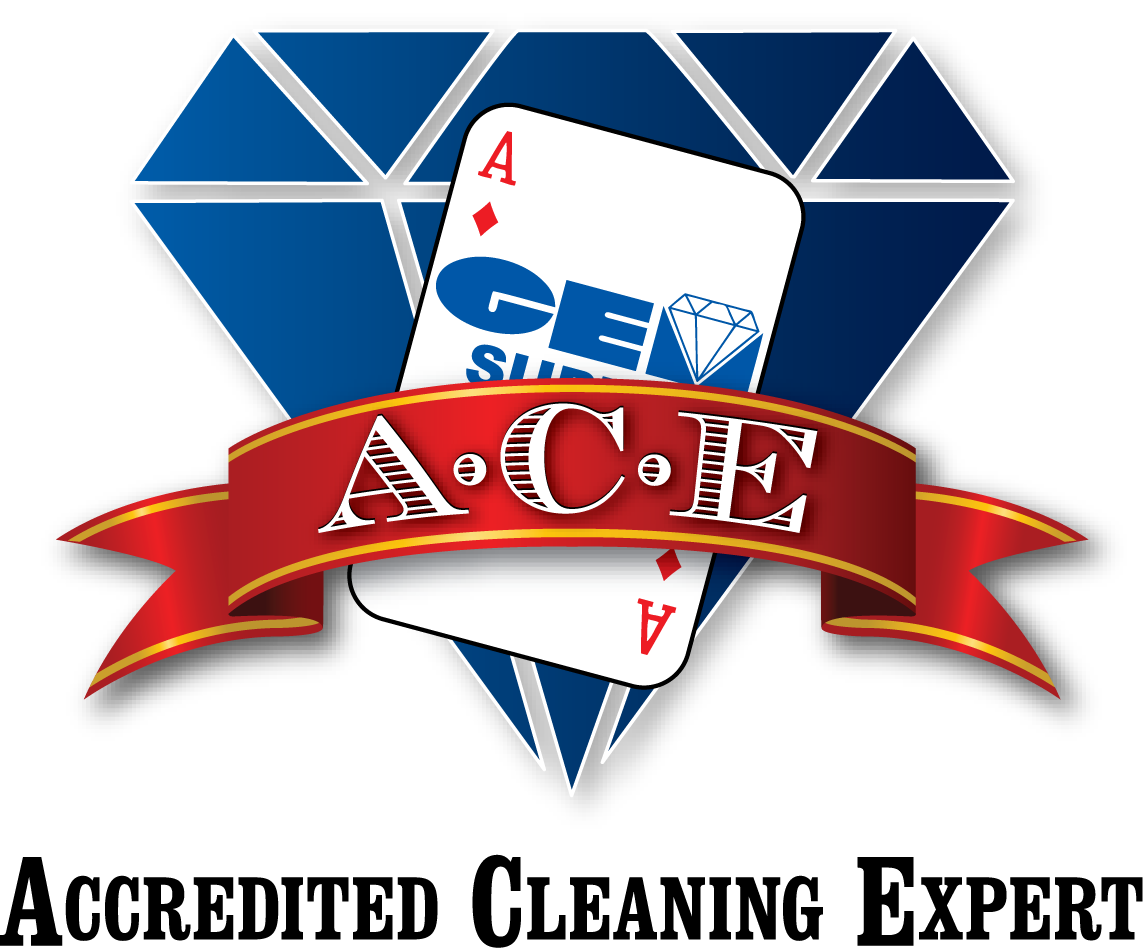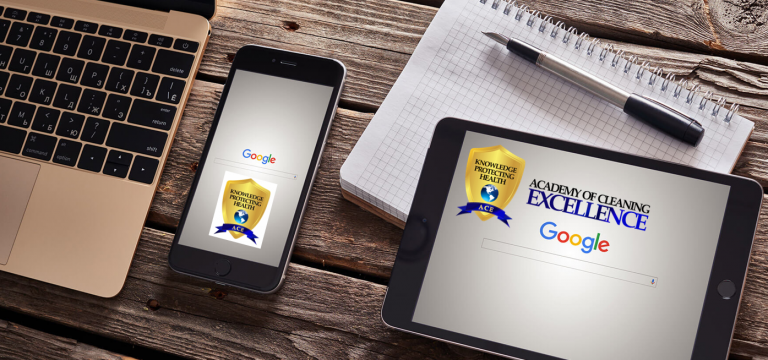Misunderstood, Misused, or Just Plain Misleading?

These are just some of the questions the general public are asking when it comes to the health of indoor environments when it comes to the terms that the majority of organizations and individuals within them are using in their marketing during this COVID pandemic.
For professionals in the cleaning industry, it is very clear that one and in some cases, all of the above questions are applicable. During this time there are numbers of people who are making statements about what they are doing, making comments about what others say or just plain don’t care about what they say, are of which are misleading to the general public they are speaking to.
So let’s look at some terms so that you might be educated, informed, or set straight before this goes any further. Here are a few to learn first.
FIT FOR PURPOSE: In other words, the purpose of the surface in which the control measures are being applied. The floor in the entrance of an office requires a different level of contaminate removal than that of a handrail on a patient’s bed.
PROCESSING: The act of using a cleaning agent and physical removal followed by a sanitizing or disinfecting agent on an item or area.
There are several levels of microbial control measures, all of which can be the right level depending on the purpose of the intended surface within an indoor environment.
For reference, these levels are considering the surfaces are environmental hard surfaces outside of foodservice/preparation areas.
CLEANING is the first level of contamination control on indoor environmental hard surfaces.
CLEANING: Cleaning occurs after contaminants have entered the indoor environment. Cleaning, therefore, is the removal of contaminants from these environments and putting them in their place. In cleaning we find, identify, capture, contain, remove, and dispose of contaminants. The two basic principles of cleaning a balance of pH and physical removal. Cleaning decreases the number contaminates and therefore reduces the risk of spreading infections.
Now, that we have a basic understanding of what cleaning is, it has been proven repeatedly that up to 90% of all contaminates can be physically removed by the use of water and a quality microfiber (pad or wiper). Here is a video clip from a recent LIVE remote class showing the process of cleaning and ATP measurement of the process.
Simply spraying a chemical agent and wiping is at best, ONLY cleaning.
However, this first level of contamination control can be the only level required for based on “fit for purpose”. IE: cleaning may be the appropriate level for a floor.
SANITIZATION is the next level of contamination control on many indoor environmental hard surfaces.
SANTIZATION: The process of removing contaminants from environmental hard surfaces and then the use of EPA registered sanitizer to further reduce the number of bacteria on said surfaces. General surface sanitization processes can produce a 99.9% reduction/kill of registered pathogenic organisms on a product label.
This level of contamination prevention is typically not a level used for processing most environmental surfaces. However, this level generally does not have the same dwell times as disinfectants. Thus, when the service technician uses general “spray and wipe” procedures, the surface is typically sanitized.
DISINFECTION is the highest level of contamination control on many indoor environmental hard surfaces.
DISINFECTION: The process of using cleaning agents to remove contaminants followed by the use of disinfectants that satisfy strict efficacy performance standards before being registered by the EPA for use.Disinfectants destroy or irreversibly inactivates 100% of the infectious pathogens on the product’s labeling, but not necessarily their spores to a level which is “fit for purpose”.
All disinfectants are regulated by the EPA. Thus the EPA registration number on the product’s label. These chemical agents are registered as “pesticides” under the Federal Insecticide, Fungicide, and Rodenticide Act (FIFRA). Because disinfectants are classified as pesticides, these products should always be used in strict accordance with product labels.
RINSING: The process of removing previously used cleaning, sanitizing and/or disinfecting agents via the use of water. While this step may not be required by the manufacturer of the chemical, it is a “best practice” measure to render the surface free of contaminants, including chemistry.
This is just a quick, shortlist of some of the detailed terms that many individuals and operations have either misunderstood, gotten wrong, or otherwise don’t want to pay attention to. However, missing the details may cost someone their life, negating the purpose of the process altogether.

Saving the life of another individual is one of the highest callings in our existence. Providing the professional subject matter for infection prevention is the goal of the Academy of Cleaning Excellence. Please consider attending an upcoming, Accredited Infection Prevention Expert course soon. CLICK ON PICTURE TO GET MORE INFORMATION ON THE COURSE.
“To say that a building is clean does not mean it is healthy, but if a building is healthy, it is clean.”
![]()

